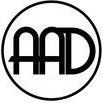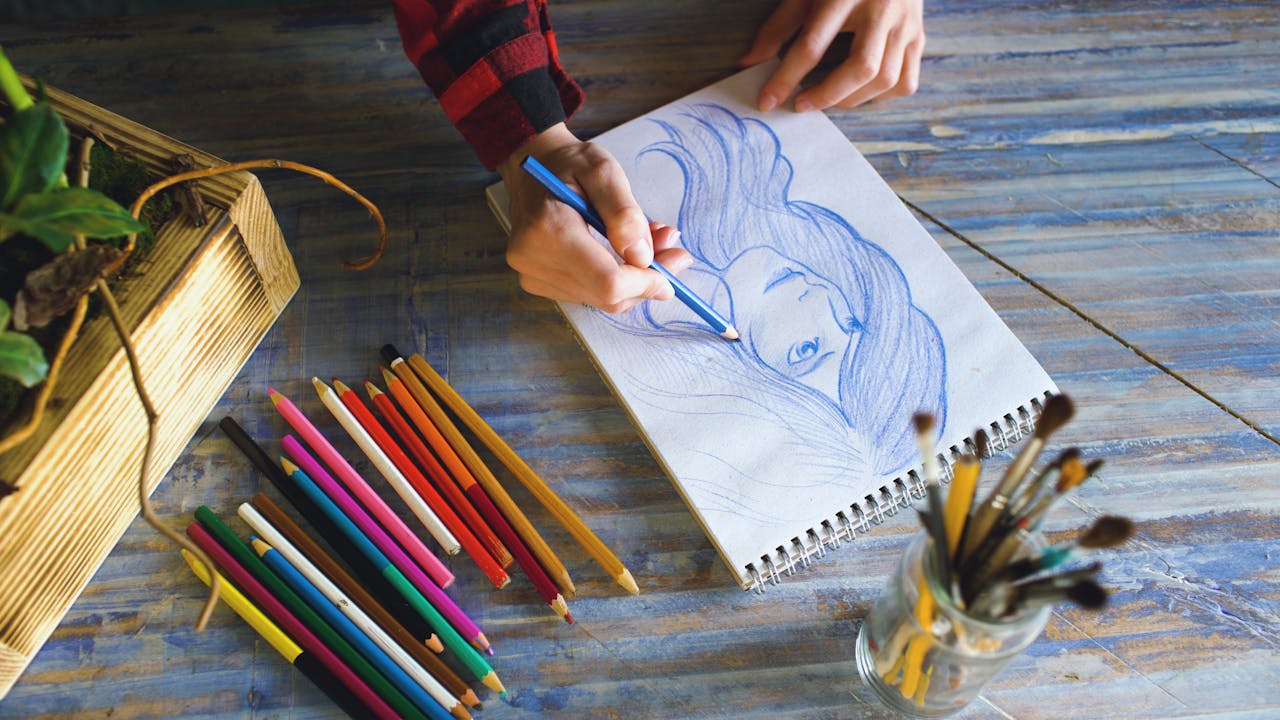Different Types of Portrait Styles
When it comes to Portrait Sketches, options abound for artists to explore and experiment with. From realistic and detailed renderings to abstract and expressive interpretations, each style offers a unique way to capture the essence of a subject. Realistic portraits aim to depict individuals as closely as possible to their physical appearance, showcasing intricate details and lifelike features. On the other hand, abstract portraits focus on capturing emotions and personalities through more impressionistic and unconventional techniques.
Check out How to Sketch with this button…
Another popular style is caricature portraits, where exaggerated features and humorous elements are used to create playful and exaggerated depictions of individuals. This style often adds a fun and whimsical touch to portraits, making them stand out with their exaggerated characteristics. Whether you prefer classic realism, abstract expressionism, or quirky caricatures, experimenting with different portrait styles can help you find your unique voice as an artist and bring a fresh perspective to your work.

Materials Needed for Portrait Sketching
When it comes to portrait sketching, having the right materials can make a huge difference in the outcome of your artwork. The essentials include a good quality sketchbook or drawing paper, a range of pencils in different hardness grades (like 2H to 6B), a reliable eraser for corrections, and a sharp pencil sharpener to keep your pencils ready for precise detailing. Additionally, having a blending stump or q-tips can help in achieving smooth transitions and softening harsh lines in your portrait sketches.
Another important material to consider is a set of quality colored pencils or markers if you prefer to add color to your portraits. These can bring life to your sketches and allow for unique interpretations of skin tones and facial features. For those looking for more versatility, having a set of charcoal or graphite sticks can add depth and richness to your portrait drawings. Remember, the key is to experiment with different materials and find what works best for your style and preferences.
Tips for Achieving Likeness in Portraits
When it comes to capturing a likeness in portraits, attention to detail is key. Observing the subtle nuances of a person’s features, such as the curve of their smile or the shape of their eyes, can make a world of difference in creating a realistic portrayal. Take the time to study your subject closely, noting any unique characteristics that set them apart.
Additionally, practice makes perfect when it comes to achieving likeness in portraits. Don’t get discouraged if your first attempts fall short of your expectations. Keep at it, honing your skills with each new drawing. Experiment with different techniques and tools to find what works best for you in capturing the essence of your subject.
Understanding Facial Proportions
Understanding facial proportions is crucial for creating realistic and accurate portraits. One key principle to keep in mind is the “rule of thirds,” where the face is divided into three equal parts: the hairline to the eyebrows, the eyebrows to the bottom of the nose, and the bottom of the nose to the chin. By following this guideline, you can ensure that the features are placed correctly on the face.
Additionally, paying attention to the relationship between the size of different facial features is essential for capturing likeness in a portrait. For example, the eyes are typically spaced an eye’s width apart, and they sit halfway between the top of the head and the chin. The width of the mouth is usually equal to the distance between the pupils. These small details can make a big difference in achieving a realistic representation of the person you are drawing.
Adding Depth and Dimension to Portraits
Achieving depth and dimension in portraits can really bring your subjects to life. One technique to consider is using varying pressure with your drawing utensils. Light strokes can create highlights, while heavier strokes can add depth and shadows, giving your portrait a more realistic look.
Another way to add dimension is by paying close attention to details. Focus on the different textures in your subject’s features, like the smoothness of the skin or the roughness of the hair. By adding these small details, you can enhance the realism of your portrait and make it more visually engaging.
Exploring Various Shading Techniques
When it comes to shading in portraits, there are a variety of techniques that artists use to add depth and dimension to their drawings. One common technique is hatching, which involves creating parallel lines to build up tone and shading gradually. Cross-hatching is a similar method where artists crisscross lines to create darker areas. These techniques can be used to convey form and texture effectively in a portrait.
Another shading technique that artists often utilize is stippling, which involves creating dots or small marks to build up shading. This method can be time-consuming but can result in a unique and textured look in a portrait. Blending is also a popular technique where artists use tools like blending stumps or their fingers to soften harsh lines and create smooth transitions between light and shadow. Experimenting with different shading techniques can help artists find their own style and create compelling and realistic portraits.
Choosing the Right Paper for Portrait Sketches
One important aspect to consider when working on portrait sketches is the type of paper you use. The right paper can make a big difference in how your portrait turns out. Choosing a heavier paper with a slight texture can help to capture the details and nuances of the portrait, while a smoother paper might be better for achieving a cleaner, more precise look.
Experimenting with different types of paper can also help you find what works best for your particular style. Some artists prefer a more traditional paper like Bristol board for portrait sketches, while others may find that a toned paper adds an interesting dimension to their work. Ultimately, the best paper for your portrait sketches is one that complements your technique and helps you achieve the desired effect.
Common Mistakes to Avoid in Portrait Drawing
One common mistake beginners make in portrait drawing is rushing through the initial sketch. It’s important to take your time and carefully map out the proportions and features of the face before diving into details. Building a strong foundation will ultimately result in a more accurate and lifelike portrait.
Another common mistake is neglecting to vary your line weights. Using the same thickness of lines throughout the entire portrait can make it look flat and lacking in depth. Experiment with lighter and heavier strokes to add dimension and define different areas of the face more effectively.
How to Capture Emotions in Portraits
When it comes to capturing emotions in portraits, it’s all about paying attention to the subtle details. Take a moment to really observe the subject’s facial expressions, body language, and the way they carry themselves. These little nuances can make a big difference in conveying the feelings and emotions you want to portray in your portrait.
To add depth and emotion to your portrait, focus on the eyes and mouth. The eyes are often referred to as the “windows to the soul” and can convey a lot of emotion. Make sure to capture the light and shadows in the eyes to give them a sense of depth and life. Additionally, pay attention to how the mouth is shaped – a slight smile or a downturned mouth can completely change the overall mood of the portrait. Experiment with different expressions and see how they impact the emotional tone of your artwork.
- Pay attention to the subject’s facial expressions and body language
- Observe the way they carry themselves for subtle details
- Focus on capturing emotions through the eyes and mouth
- Eyes are considered the “windows to the soul” – capture light and shadows
- Mouth shape can drastically change the mood of the portrait
- Experiment with different expressions to convey various emotions
Finding Inspiration for Portrait Sketches
When it comes to finding inspiration for your portrait sketches, look no further than the people around you. Friends, family members, or even strangers can serve as great subjects for your artwork. Pay attention to unique facial features, gestures, or expressions that catch your eye and spark your creativity.
Another source of inspiration can be found in everyday life. Take a stroll in a bustling city, visit a local cafe, or attend a community event. Observing people in different settings can provide you with a diverse range of subjects and emotions to capture in your portrait sketches. Keep a sketchbook handy to jot down quick impressions or sketches that you can later develop into more detailed portraits.
How can I find inspiration for my portrait sketches?
You can find inspiration for your portrait sketches by looking at famous artists’ work, observing the people around you, studying photographs, or exploring different art styles.
What materials do I need for portrait sketching?
You will need pencils (graphite or charcoal), erasers, blending stumps, a sketchbook or drawing paper, and a good reference photo for portrait sketching.
What are some tips for achieving likeness in portraits?
Pay attention to facial proportions, study the unique features of the person you are sketching, and practice capturing the essence of their expression and personality in your portrait.
How can I add depth and dimension to my portraits?
You can add depth and dimension to your portraits by using shading techniques, focusing on light and shadow, and paying attention to the contours and shapes of the face.
What are some common mistakes to avoid in portrait drawing?
Some common mistakes to avoid in portrait drawing include neglecting facial proportions, failing to capture the likeness of the subject, overworking the details, and using too much pressure when sketching.
How can I capture emotions in my portraits?
To capture emotions in your portraits, focus on the eyes, mouth, and body language of the subject. Pay attention to subtle cues and expressions that convey their feelings.
What is the importance of choosing the right paper for portrait sketches?
Choosing the right paper for portrait sketches is important because it can affect the texture, finish, and overall look of your drawing. Consider factors like weight, tooth, and color when selecting paper for your portraits.

